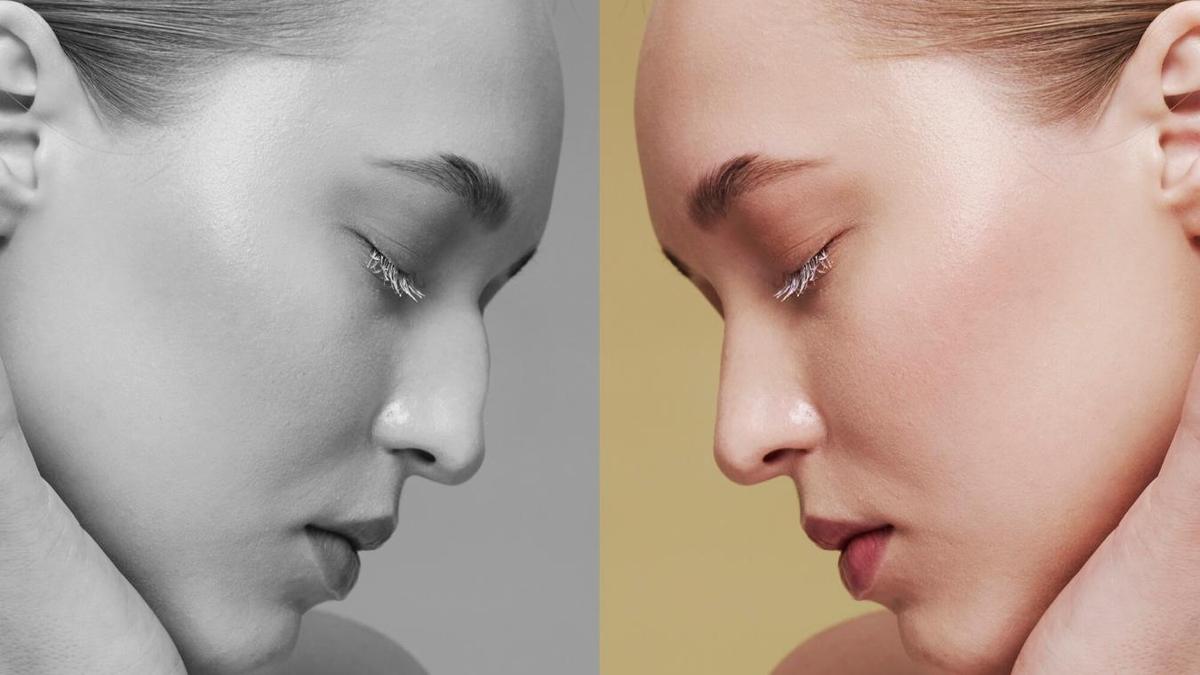Rhinoplasty, or nose reshaping surgery, is a complex procedure with the goal of improving the appearance and/or function of the nose. When considering rhinoplasty in Riyadh, patients will encounter two main surgical approaches: open rhinoplasty and closed rhinoplasty. Each technique has its own set of advantages and disadvantages, and the choice between them depends on various factors, including the patient's specific nasal anatomy, the desired outcome, and the surgeon's expertise. Rhinoplasty surgery in Riyadh is becoming increasingly popular among individuals seeking to enhance their facial harmony and boost self-confidence.
Understanding the Two Approaches
The fundamental difference between open and closed rhinoplasty lies in how the surgeon accesses the underlying structures of the nose (the bone and cartilage) that need to be reshaped.
- Closed Rhinoplasty: In this technique, all incisions are made within the nostrils. There is no external incision on the columella (the strip of skin separating the nostrils).
- Open Rhinoplasty: This technique involves an additional incision made across the columella. This incision allows the surgeon to lift the skin and soft tissue, providing a direct view of the nasal framework.
Closed Rhinoplasty: Advantages and Considerations

Closed rhinoplasty is often favored for its less invasive nature. The advantages of this approach include:
- No External Scar: Since all incisions are made inside the nostrils, there is no visible scarring on the outside of the nose. This is a significant cosmetic advantage for many patients.
- Shorter Surgery Time: Closed rhinoplasty procedures tend to be shorter in duration compared to open rhinoplasty.
- Less Swelling and Bruising: Patients undergoing closed rhinoplasty may experience less post-operative swelling and bruising.
- Faster Recovery: The recovery period is generally shorter with closed rhinoplasty.
However, closed rhinoplasty also has limitations. The surgeon's visibility of the nasal structures is limited, which can make it more challenging to perform complex reshaping or make significant alterations to the nose. This technique is generally better suited for minor corrections, such as:
- Small dorsal hump reduction
- Minor tip reshaping
- Subtle narrowing of the nose
Open Rhinoplasty: Advantages and Considerations
Open rhinoplasty, while involving an external incision, offers several distinct advantages, particularly in more complex cases:
- Improved Visibility: The incision across the columella allows the surgeon to lift the skin and soft tissue, providing an unobstructed view of the nasal anatomy. This enhanced visibility is crucial for precise reshaping and complex structural alterations.
- Greater Precision: With direct visualization of the nasal framework, the surgeon can perform more accurate and controlled movements, leading to more predictable and refined results.
- Versatility: Open rhinoplasty is the preferred approach for a wide range of nasal corrections, including:
- Significant nasal asymmetry
- Major tip reshaping
- Complex nasal reconstruction
- Revision rhinoplasty (correcting problems from a previous surgery)
- Severe deviations
- Structural Support: Open rhinoplasty allows for the placement of grafts and other structural support measures to ensure long-term stability and prevent future nasal collapse.
While open rhinoplasty offers these advantages, it's important to consider the potential drawbacks:
- External Scar: Although typically small and well-concealed, the incision on the columella will leave a scar. However, with proper surgical technique, the scar usually heals very well and becomes barely noticeable over time.
- Longer Surgery Time: Open rhinoplasty procedures generally take longer to perform than closed rhinoplasty.
- Increased Swelling and Bruising: Patients may experience more post-operative swelling and bruising with open rhinoplasty.
- Longer Recovery: The recovery period may be slightly longer compared to closed rhinoplasty.
Choosing the Right Technique in Riyadh
The decision between open and closed rhinoplasty is not solely based on patient preference. It's a surgical decision that should be made in consultation with a qualified and experienced rhinoplasty surgeon in Riyadh. Several factors will influence the choice of technique:
- Nasal Anatomy: The patient's unique nasal structure, including the thickness of the skin, the shape and size of the cartilage and bone, and the presence of any existing deformities, will play a significant role.
- Surgical Goals: The extent of the desired changes will influence the surgical approach. If the patient requires only minor adjustments, closed rhinoplasty may be sufficient. However, if significant reshaping or structural correction is needed, open rhinoplasty is usually recommended.
- Surgeon's Expertise: The surgeon's training, experience, and preferred technique will also be a factor. Some surgeons are highly skilled in both open and closed rhinoplasty, while others may specialize in one approach.
- Functional Considerations: If the rhinoplasty is being performed to correct breathing problems, such as a deviated septum, the surgeon will choose the technique that provides the best access to address the functional issues.
Conclusion
Both open and closed rhinoplasty are valid surgical techniques for reshaping the nose. The "best" approach depends on the individual patient's needs and the complexity of the planned procedure. In Riyadh, it is crucial to consult with a board-certified plastic surgeon with extensive experience in rhinoplasty to determine the most appropriate technique and achieve the desired outcome. A skilled surgeon will be able to assess your nasal anatomy, discuss your goals, and recommend the surgical approach that will provide the safest and most effective results.




Comments